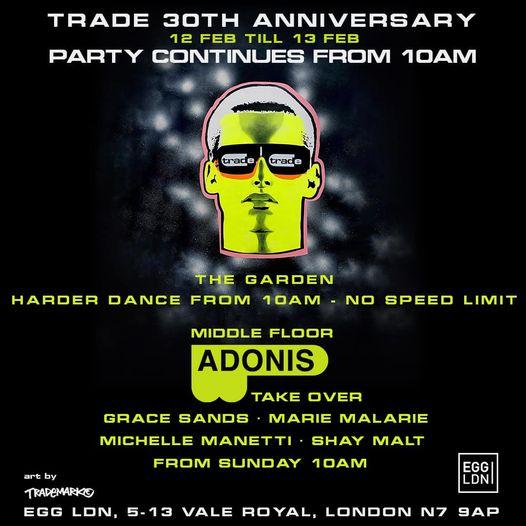 Features
Features
"Excess was encouraged": An oral history of revolutionary LGBTQ+ party Trade
Michael Lawson traces the history of Trade, the 'original all-night bender' that set the blueprint for gay clubbing
It’s difficult to understate the influence of Trade on the contemporary clubbing landscape. Opening its doors for the first time in 1990, the UK’s first legal after-hours party set the blueprint for gay clubbing that countless others have attempted to emulate. Hosted at Turnmills, the first UK club to be granted a 24 hour license, Trade transformed the dingy basement into a fluorescent haven for London's queer community to congregate and freely be themselves.
Read this next: 6 party crews redefining the gay underground
As Trade gears up for a suitably debaucherous 24-hour party to celebrate its 30th anniversary, we trace the roots of the archetypal ‘All-Night Bender’, with the help of some of the club’s pivotal figures.
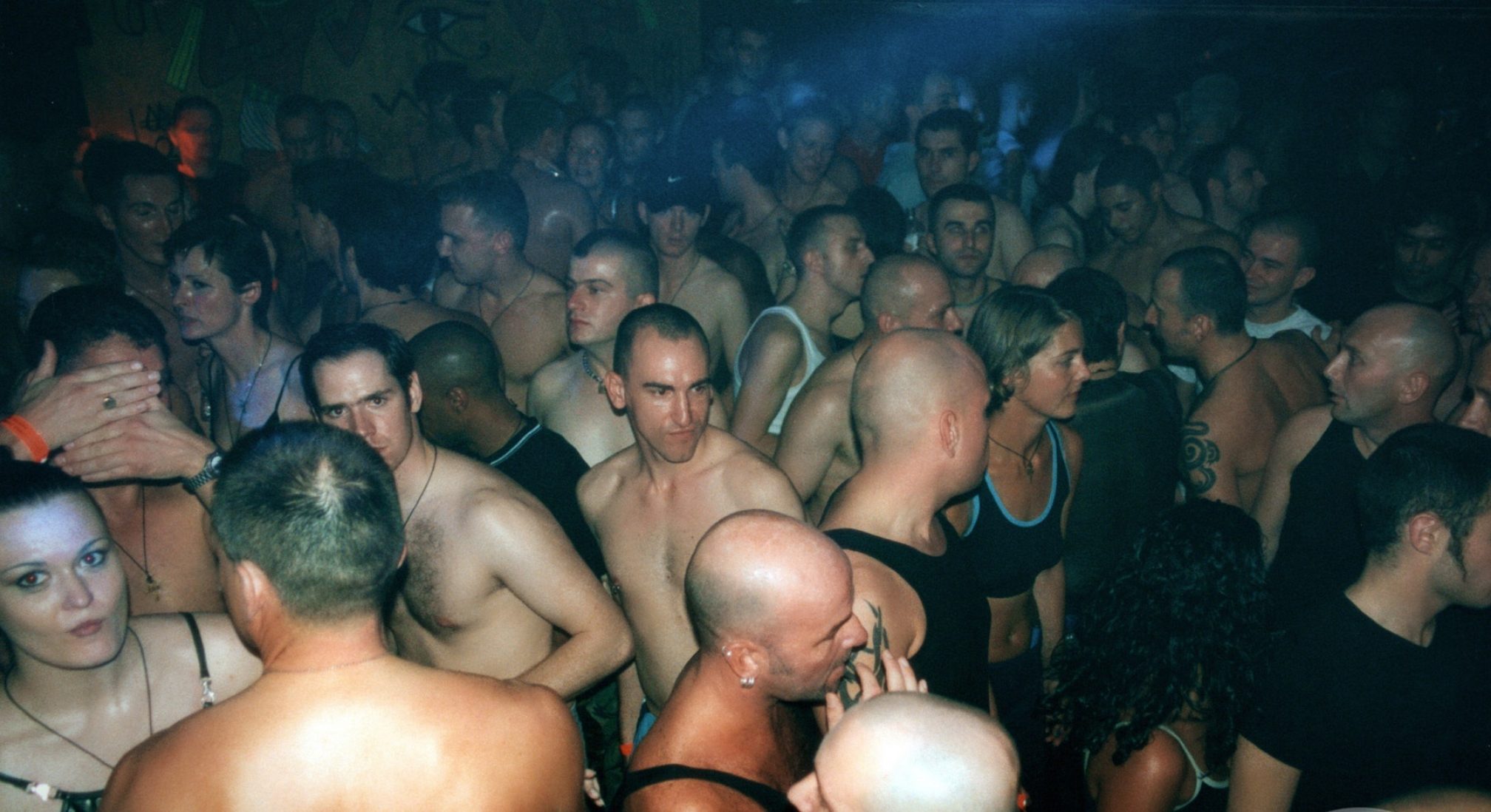
Laurence Malice (Trade founder)
I’ve always been into music. First I was in bands and then I was running clubs. They were all really alternative and pushed the boundaries but in the end they weren’t really keeping me. My big passion was creating new events.
Stewart Who (Trade family member)
Being gay in the ‘80s and early ‘90s was grim. The age of consent was 21, Section 28 was nothing more than Thatcher-approved educational homophobia and it was messing up the nation’s head, while HIV/AIDS was causing tabloid hysteria and absolutely destroying the community.
Laurence Malice
Trade was launched at the heights of the AIDS epidemic and the ethos behind it was to create a safe haven where people could relax, be themselves and release everything on the dancefloor. I’ve always felt that a good soundsystem, great music and electrifying visuals and production are the essentials that fuel a great party, but I also feel that the clubbing experience is based on exhibitionism and voyeurism (you can’t have one without the other). We had a contemporary vision for a more inclusive clubbing experience that was welcoming and also full of energy.
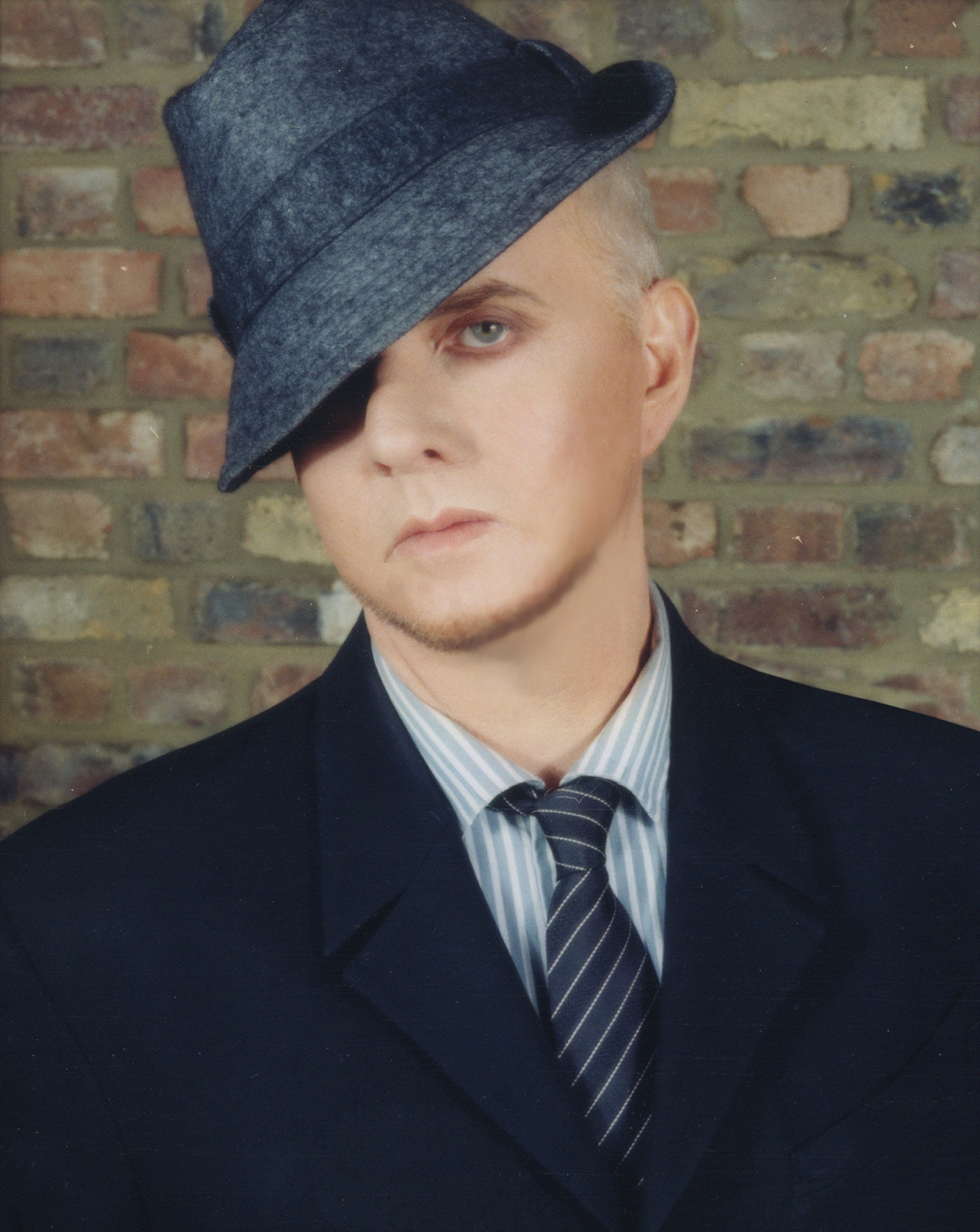
Fat Tony (Trade regular & Trade Lite resident)
I started at Lyceum in the Strand, playing for a club called Playground which had a mixed gay/straight vibe. After that I did London’s first gay house club on a Monday night called Jungle. We were having the times of our lives in the late '80s early '90s. For me personally it was a great time - I was living in a Soho bubble.
Read this next: Fat Tony: "Freddie Mercury gave me my first line of cocaine"
Laurence Malice
All the clubs were shutting at 3:AM but people wanted to carry on - there was a real need for the after hours. I was getting fed up with putting on illegal after-hours events as you never knew what was going to happen right up to the last minute. It was great to finally launch a legal after-hours party.
Trevor Rockliffe (Trade resident)
Daz [Saund, fellow Trade resident] and I were resident DJs at a night called Troll at the Soundshaft, a small space attached to Heaven nightclub. The promoter Tim Stabler asked us if we were up for playing at an after-hour club at Turnmills.
Stewart Who
Turnmills was a subterranean labyrinth that appeared to have been designed by Escher and Hieronymus Bosch. The soundsystem was incredibly intense and it was owned by an ex-copper, so it was hedonistically lawless.
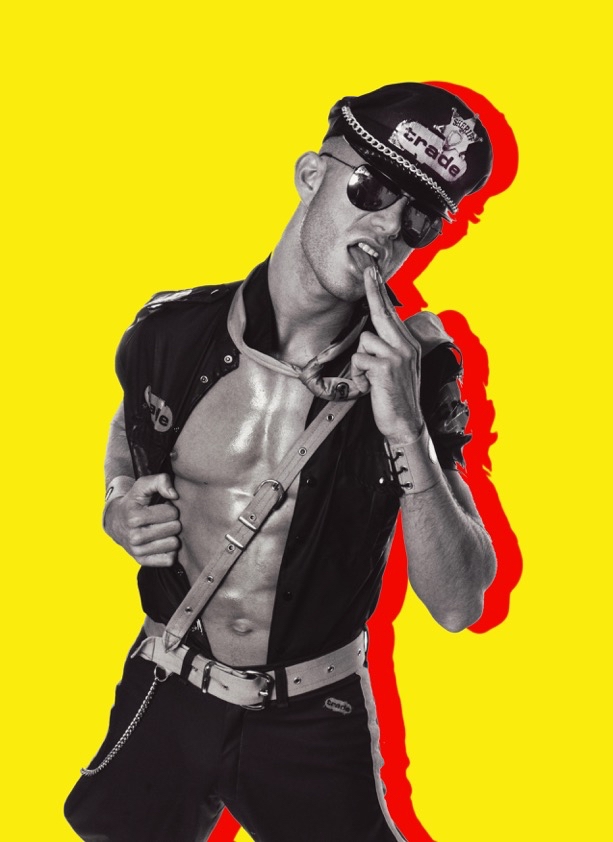
Trevor Rockliffe
I remember going down the stairs for the first time. It was absolutely packed, they didn't have a DJ booth and the mixer was just on a stand - but the crowd were rocking to the sound of house and techno. Man, the atmosphere was sick.
Read this next: "In-your-face party": Why Adonis is doing the queer underground proud
The Blonde Spirit (Trade regular)
Turnmills was a religion. A temple. We went weekly to give praise for life and forget our worries. It was a spiritual, interdimensional experience. Anyone could manifest into their life from there. Sex, drugs and techno.
Tall Paul (Trade resident)
Being a basement two floors underground, it certainly had a vibe. It was like walking down the stairs into your own rave cave. All this craziness was happening and no one above ground knew what was happening under their feet.
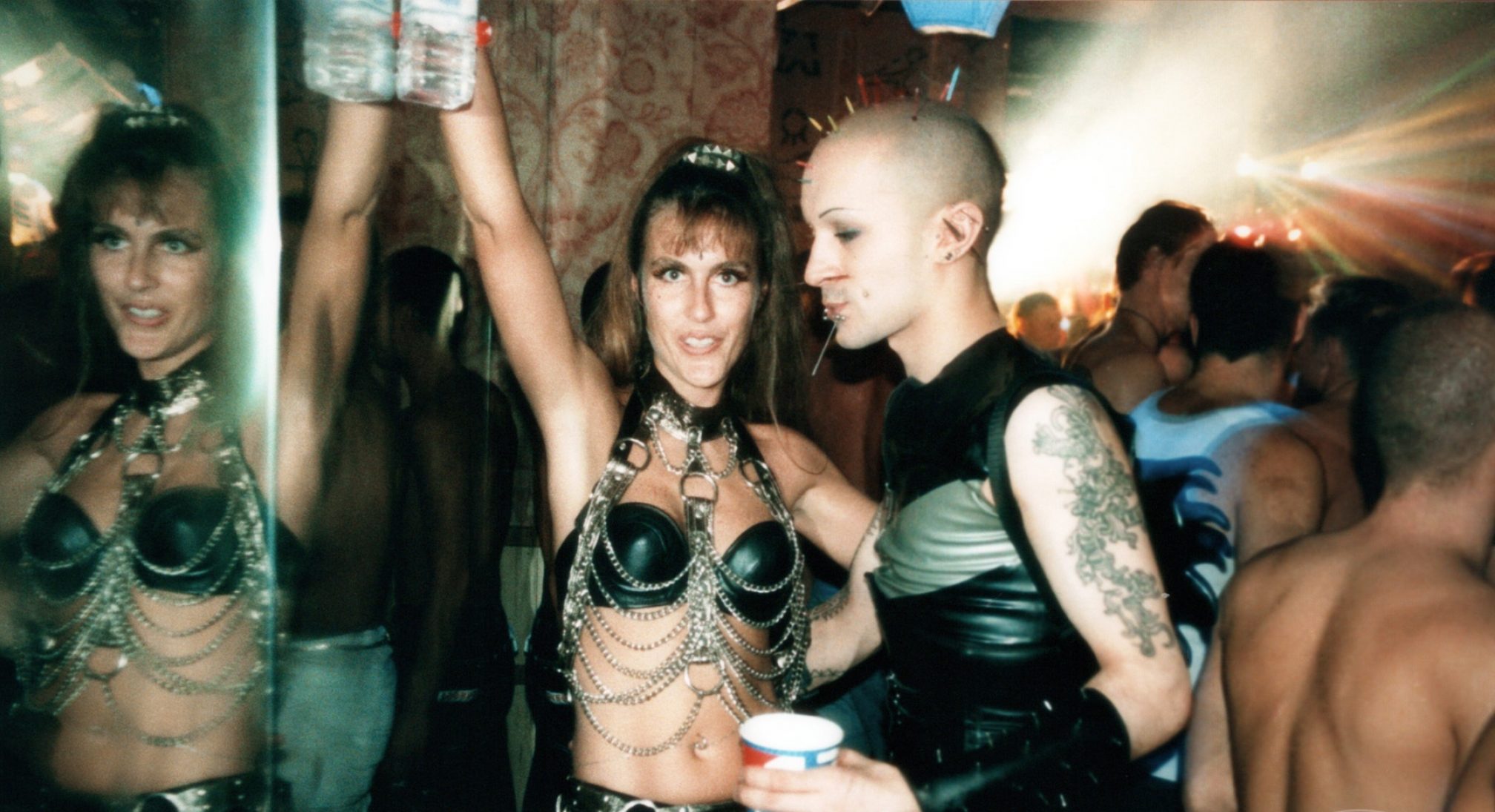
Laurence Malice
We were one of the first clubs to showcase a musical journey throughout the party, starting off funky and house-y and getting faster and wilder as the hours went on. Our resident DJs Martin Confusion, Malcolm Duffy, Smokin' Jo, Daz Saund, Trevor Rockcliffe and Tall Paul all clicked seamlessly together and their weekly sets saw them at the top of their game. Our music policy is our most enduring and pivotal contribution to the club scene. I don’t know if any other gay club in this country has managed to equal it.
Tall Paul
One of the things that was so appealing about Trade was the fact that the night was so perfectly programmed. Malcolm Duffy and Smokin' Jo early on, house grooves building up to Daz, Trevor, Tony and myself. You would hear Masters At Work, Todd Terry, Jam & Spoon and Dave Clarke all in the same night. It’s great to have big names play but it has to be programmed the right way so the night can build musically.
Laurence Malice
[Legendary Trade resident] Tony De Vit was a fundamental and much loved member of the Trade family. He inspired a magical era for the club from his debut set and broke so much ground with his musical take on what we were establishing. He was also one of my best friends. We simply clicked when we met and on word of mouth he used to travel from Birmingham to experience Trade every Saturday.
The Sharp Boys (Trade Lite founders & residents)
Both musically and technically Tony had his finger on the pulse, and to say he was an all-round Mr. Nice Guy is an understatement. He was meticulous and flawless, especially in his mixing. Malcolm Duffy once suggested “he could mix himself out of a paper bag" and that pretty much sums it up.
Martin 'B-Art' Brown (Trade Designer)
He was a lovely guy and a genius in the booth. I remember him getting a turn on the main floor at Twilo in New York and absolutely smashing it.

The Sharp Boys
We had a meeting with Laurence to propose the idea of doing a second lighter room, capitalising on the return of the funky disco sound. The original Trade Lite residents were Alan Thompson, Fat Tony and ourselves, soon followed by the late Chris McCoy and Guy Williams. We started playing at around 6:AM and after a few weeks people were sitting on the floor in the room at 5:AM asking for the music to start. Brilliant memories!
Read this next: Unorthodox Event is leading the first queer movement in drum 'n' bass
Fat Tony
When they started Trade Lite, I was a guest alongside The Sharp Boys every couple of weeks. And like the cuckoo that I am, it was inevitable that I’d take it over. The main room was much harder and faster. Lite was… well in the name. A lighter, happier vibe. Music with feeling. Every room had ‘feeling’ but Trade Lite was a different ball game. We played songs we loved. To hear vocals at Trade was unheard of before we started Trade Lite. It was a room about love, happiness and joy.
The Sharp Boys
The policy of predominantly residents is what made Trade so unique. Laurence knew what sound he wanted and his programming reflected that, so when he discovered a new resident DJ they were brought into the family because they fitted into his musical vision.
Fat Tony
Every week was a circus. Too many stories and so many characters week in, week out. It was literally like an Avengers movie every week.
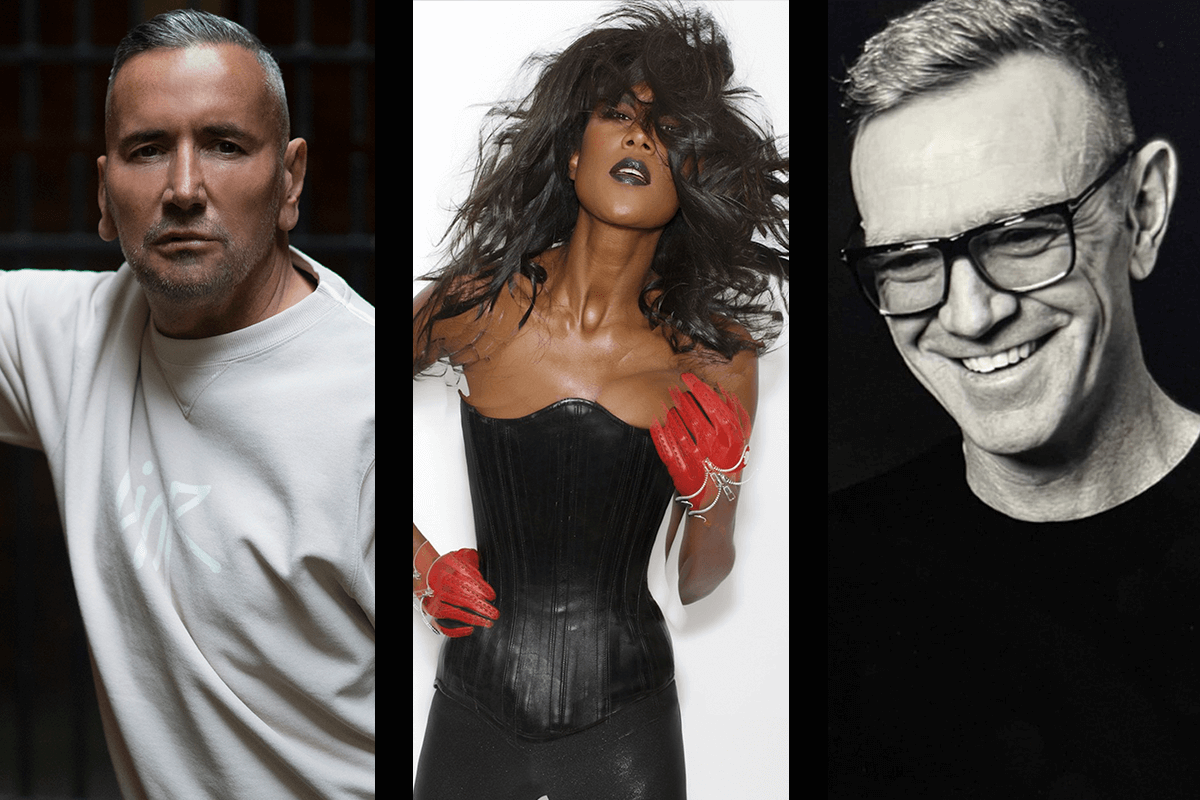
Laurence Malice
Cher was turned away because there was literally no more room in the club - plus the fact she had a certain amount of demands. We didn’t let Axl Rose in either as he had previously made homophobic comments to the press. Björk, Jean Paul Gaultier and Alexander McQueen were all regular guests, and I believe Madonna came in disguise several times.
Martin 'B-Art' Brown
Oh yeah there were loads of celebrities. I remember Jean Paul Gautier queuing up to get in. Wayne Sleep was gurning in the restaurant one Sunday morning too.
Hans Hess (Trade regular)
To be honest I was too busy dancing to notice any celebrities - that was the vibe. Nobody really cared and nobody would get starstruck as the dancefloor and the music were more important. The celebrities that did get in just got into the vibe so they didn’t stand out which is exactly how it should be.
Read this next: Queer the dancefloor: How electronic music evolved by re-embracing its radical roots
Trevor Rockliffe
There was always talk of celebrities but the regular punters were 100% all I cared about. Every week down there was special and we were privileged to have such amazing nights. I really appreciate the great people I DJ’d for.
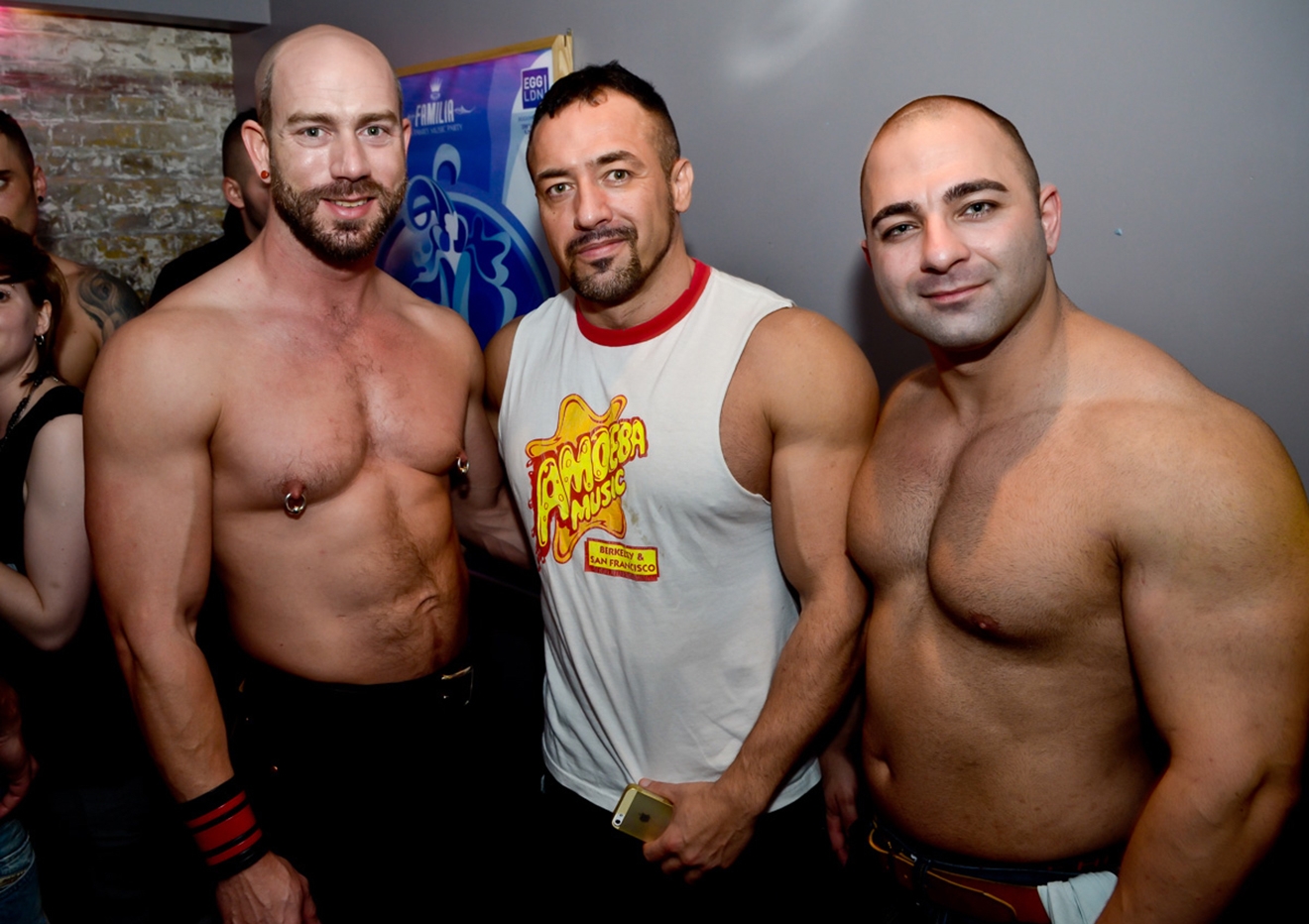
Stewart Who
All the boys in ‘Muscle Alley’ deserve a mention too! Never mind recreational drugs, the steroid consumption was off the scale. It was always a unique vision walking down the stairs of Turnmills and being greeted by a roiling sea of naked biceps, tits and abs. Those lads worked out and worked it.
Laurence Malice
There have been countless memorable Trade events further afield. Our South African tour ranks as one of the highlights where we did sell-out shows in Johannesburg and Cape Town. Both were awesome events.
Tall Paul
One of my first tours of Japan was under the Trade umbrella and I was blown away that the Trade brand was so well known over there. I even had one guy come up to me with a white label copy of a track to sign that only 500 copies were pressed and somehow he had one.
Laurence Malice
The first Kinky Trade party for Manumission at Amnesia was incredible - it really pushed things forward on the White Isle at the time. We always endeavour to put a lot of thought and effort into our themed events and that ranks as one of my most memorable. From the TradeMark artwork to the production and décor, it was a very special party.
Read this next: Body Movements festival was a landmark occasion for queer self-expression
Stewart Who
Trade was queer bedlam. It was the place to let your hair down and utterly lose it. Excess was encouraged, mania was celebrated and all the broken and the beautiful went there to party their heads off. It was also OURS. When it opened in the early 90s it was still dangerous to be gay, but at Trade, we were ruling and raving. We made the most of it.
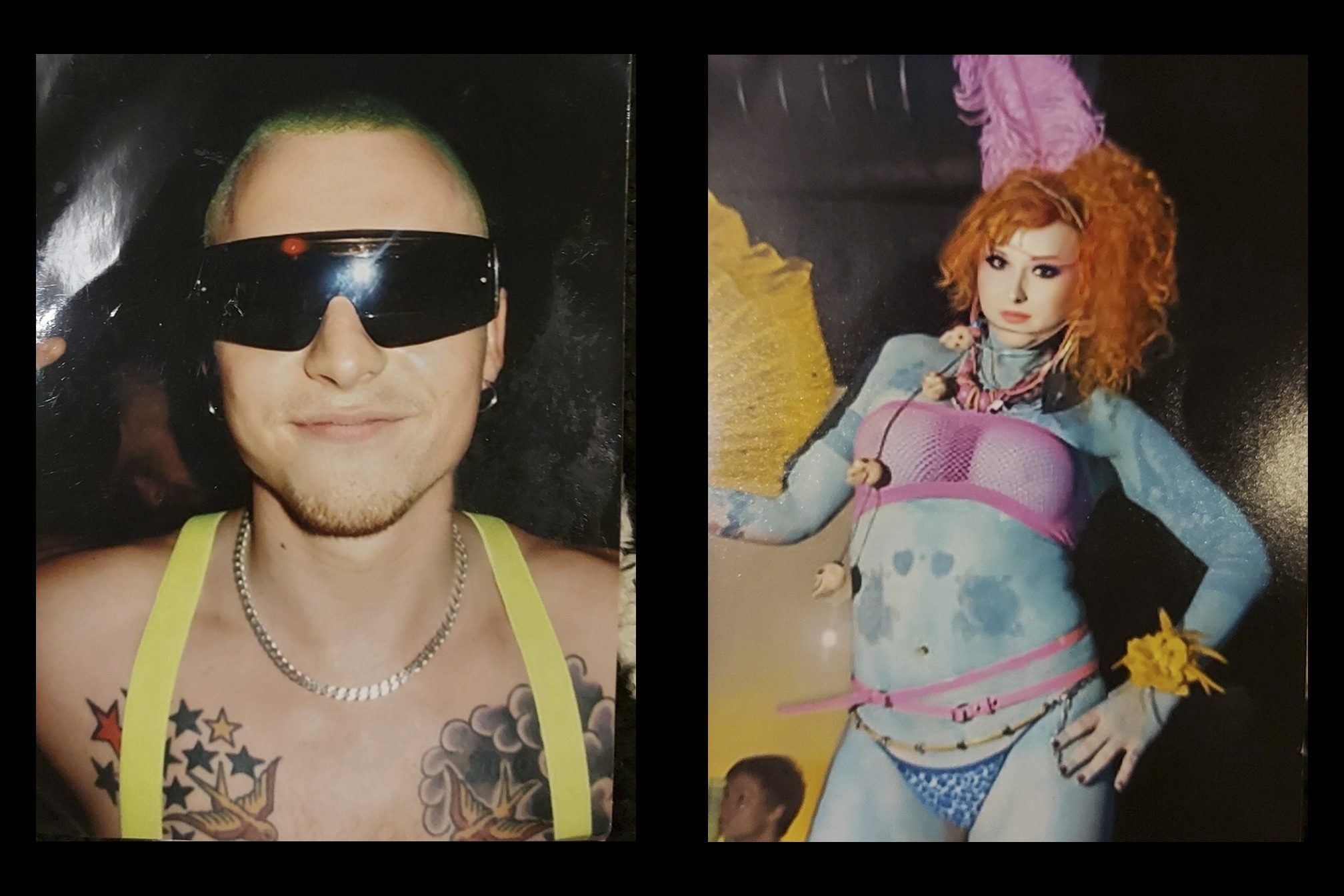
The Blonde Spirit
I wouldn’t be me if it wasn't for Trade. I always knew I was trans. Seeing trans women for the first time at Trade in the '90s made me realise transitioning was a reality. It was like a secret community. You might see familiar faces in the week on the tube and steal a knowing look. Almost like a secret society. I'm so grateful and proud to be playing at Trade’s 30th birthday… It only took me 25 years to get the gig!
Fat Tony
There’s nothing like it. It was a gay all night party in a venue where you could be yourself without being judged. Everyone was off this planet but at the same time on the same planet. It was somewhere you could let off steam and forget about your troubles. People rave on about Berghain and the superclubs of Ibiza… well they clearly never went to Trade.
Trade 30th anniversary takes place at Egg London on February, 6:PM-6:AM
Michael Lawson is a freelance writer, check out his Clippings
